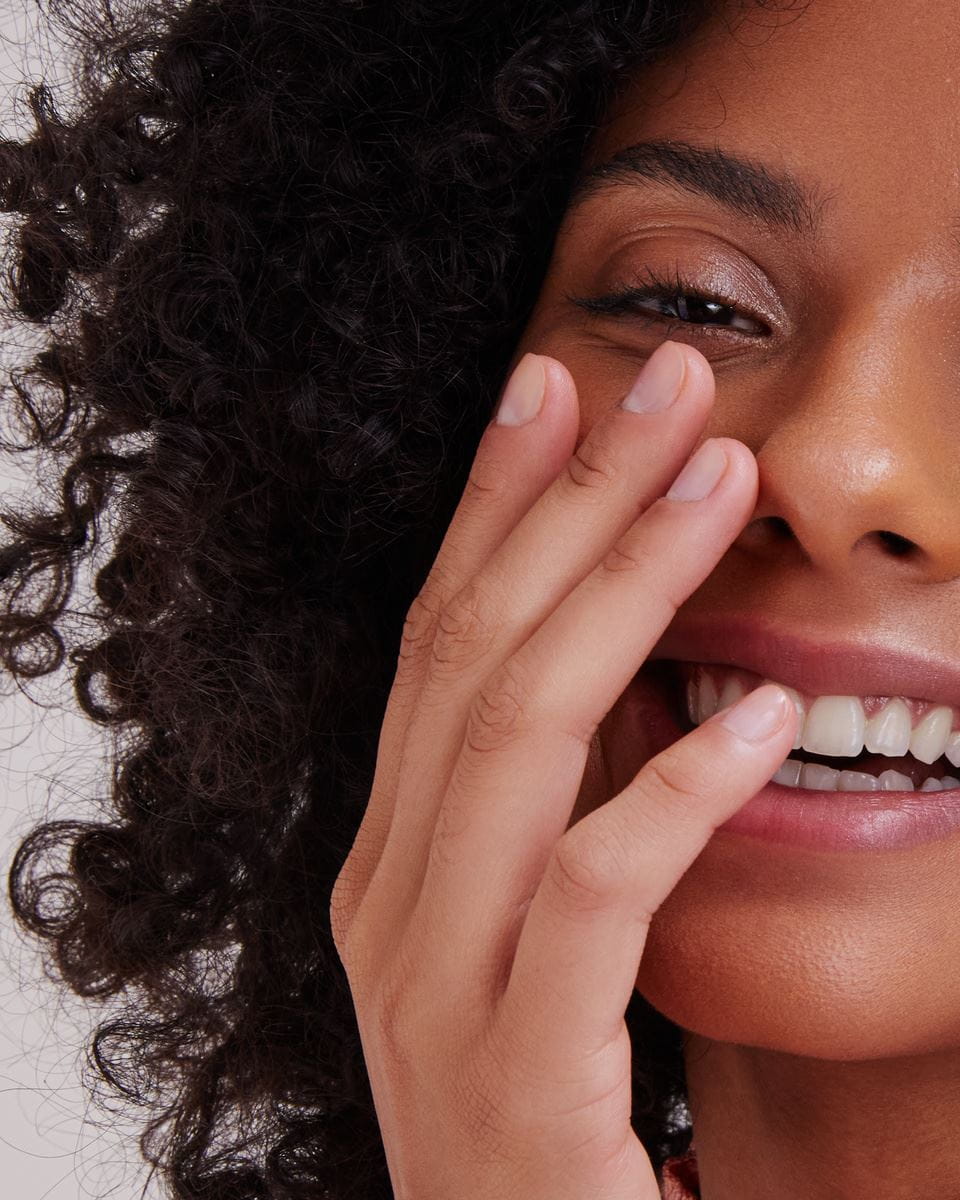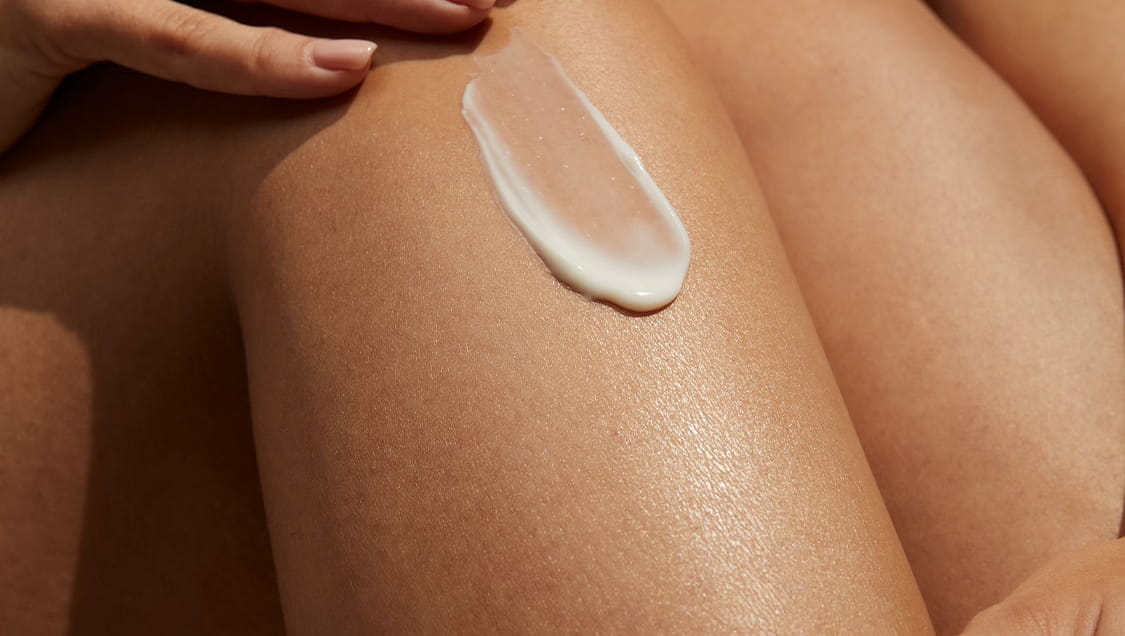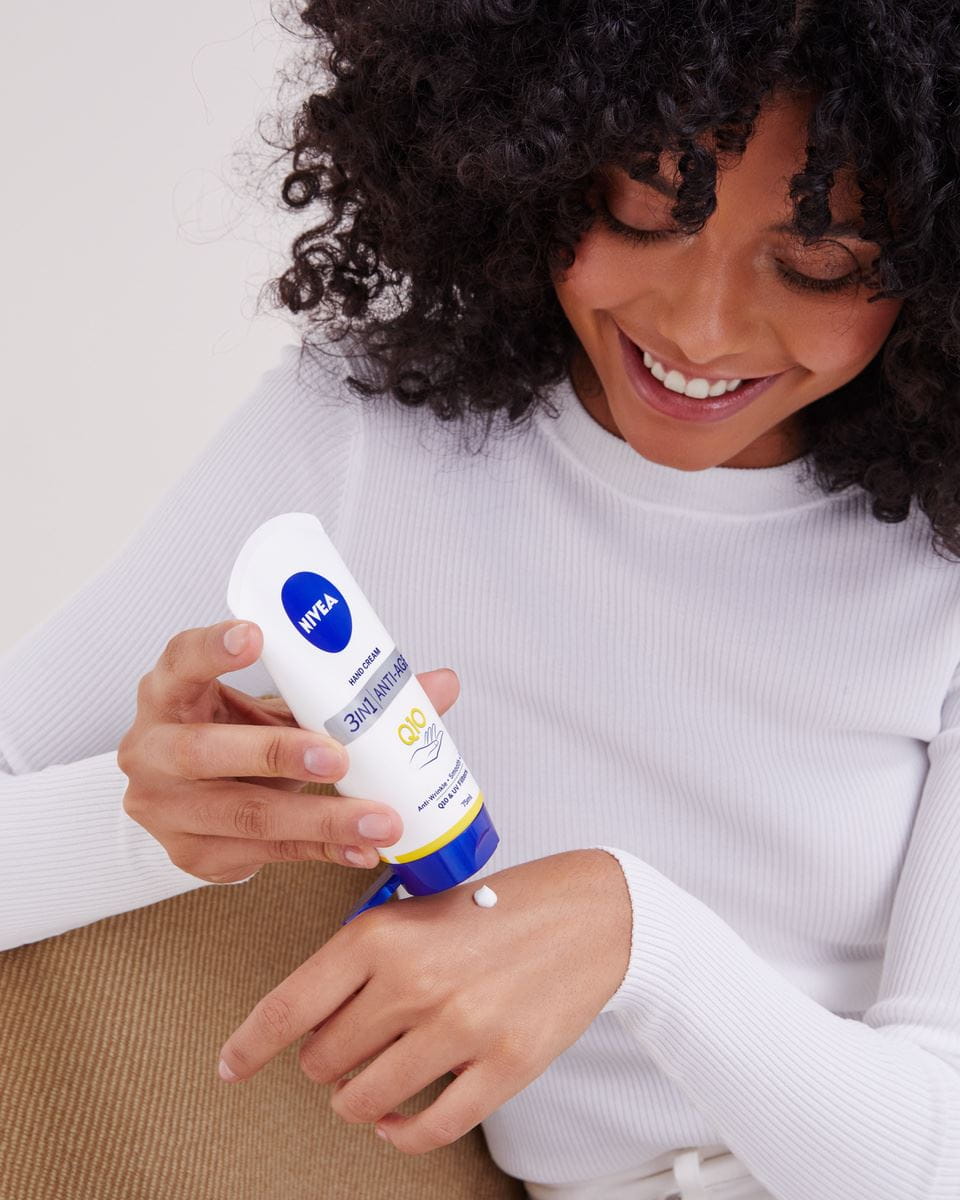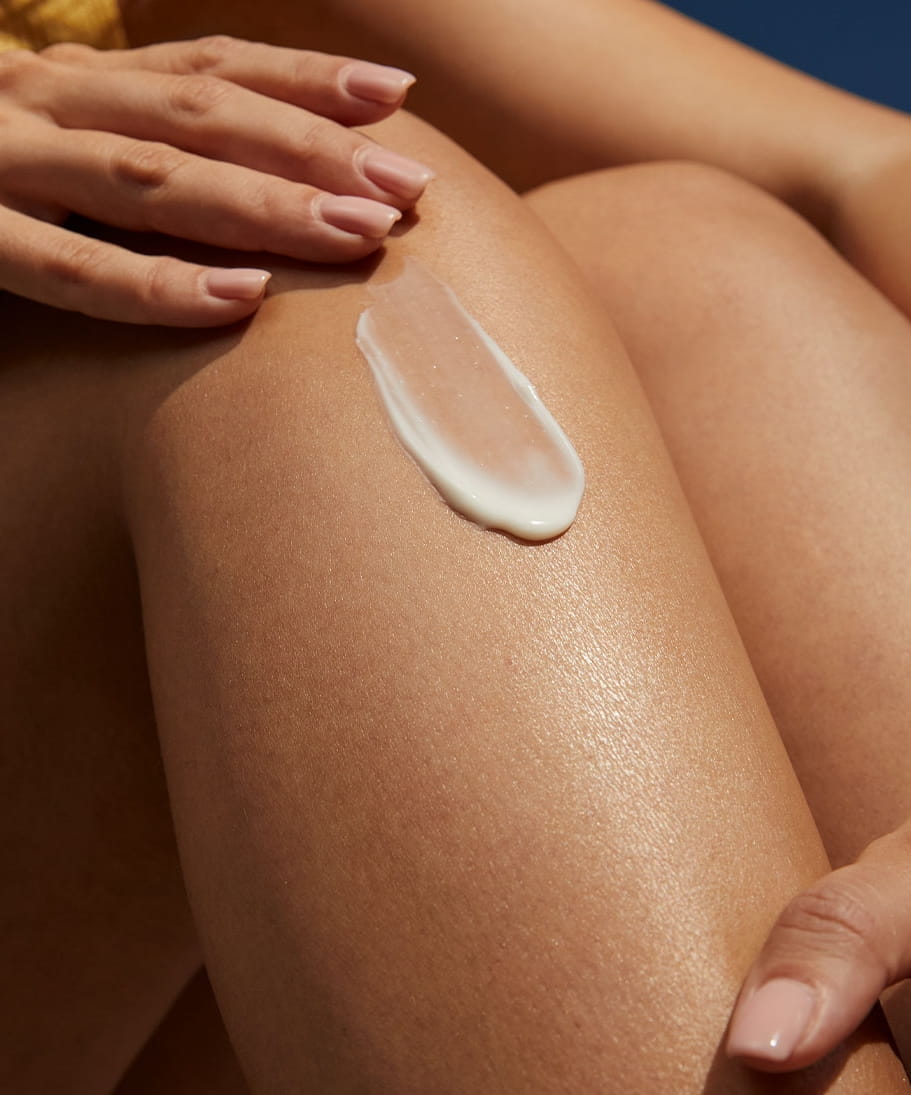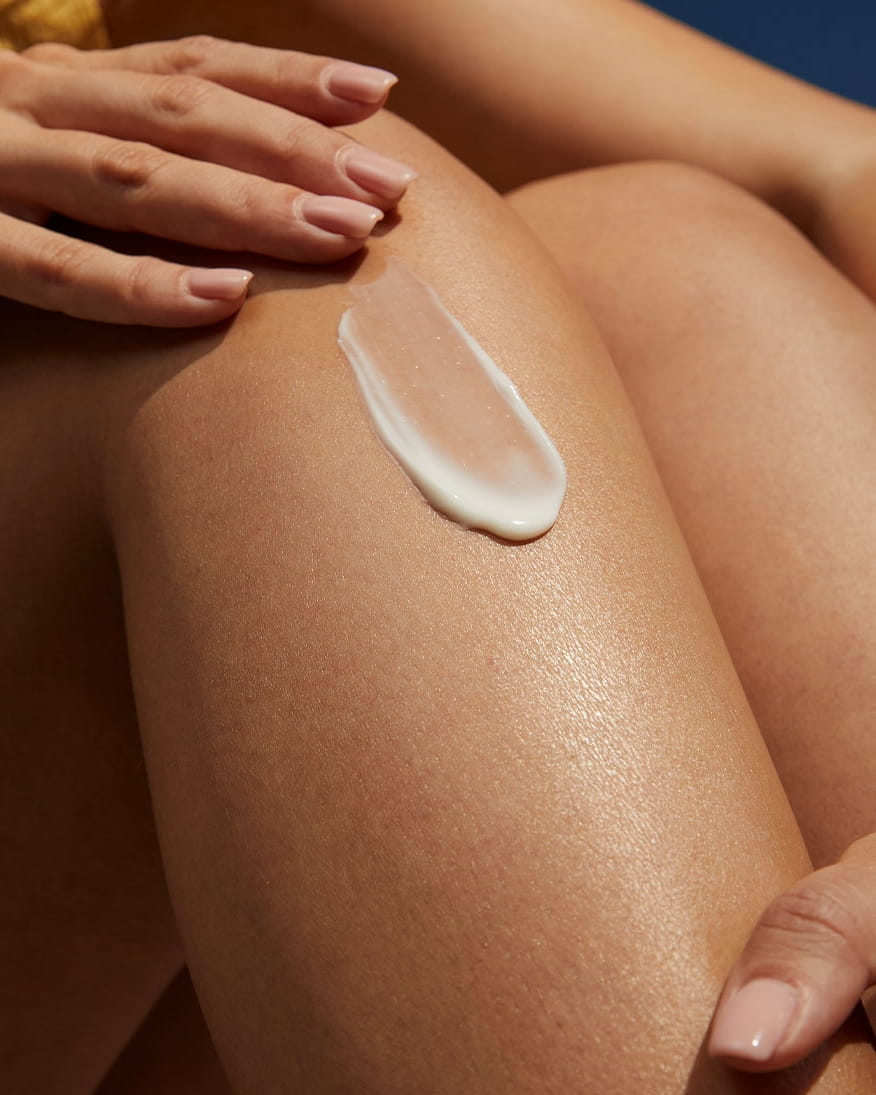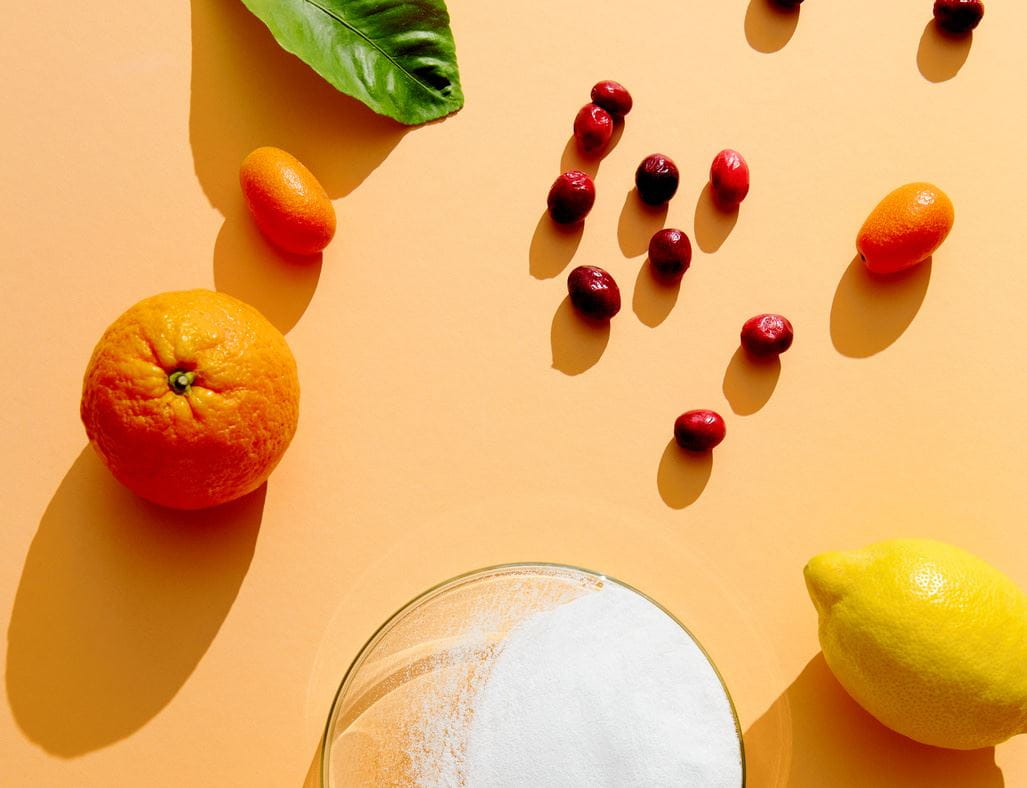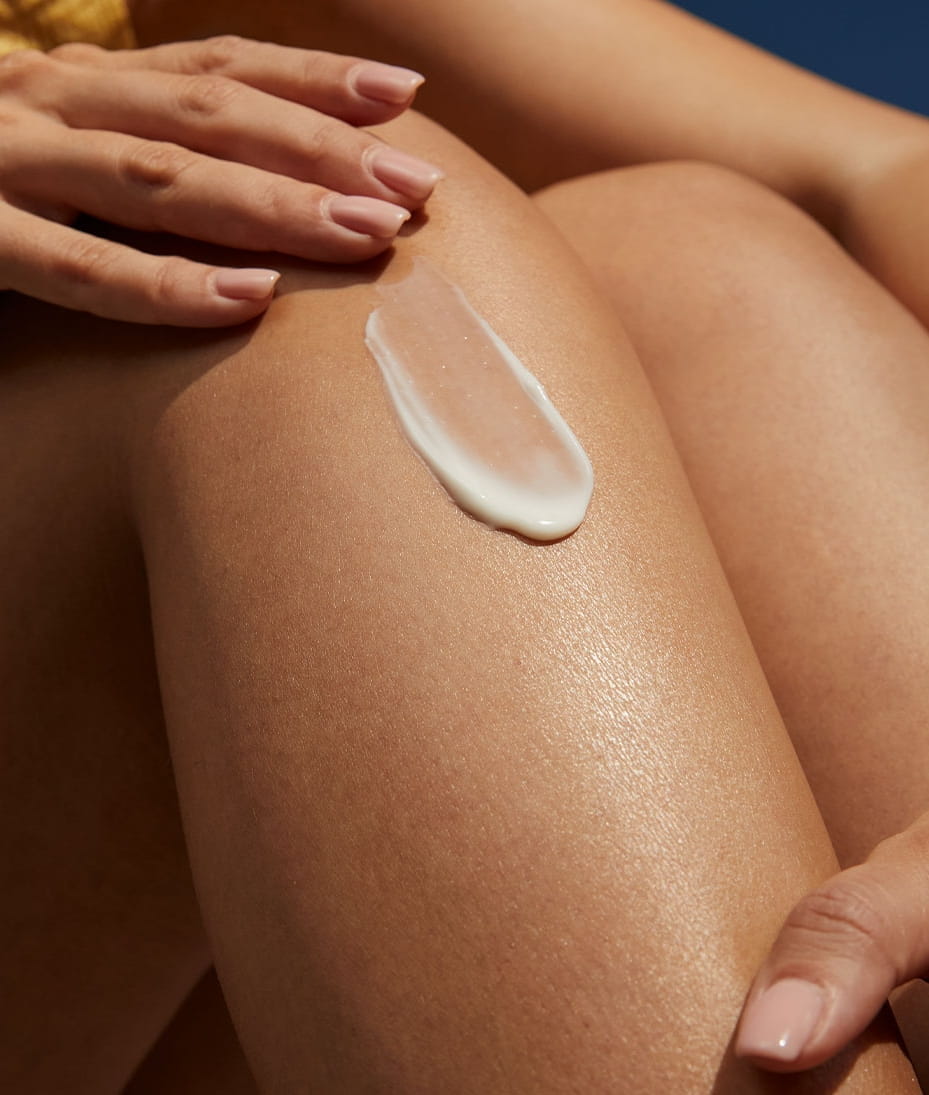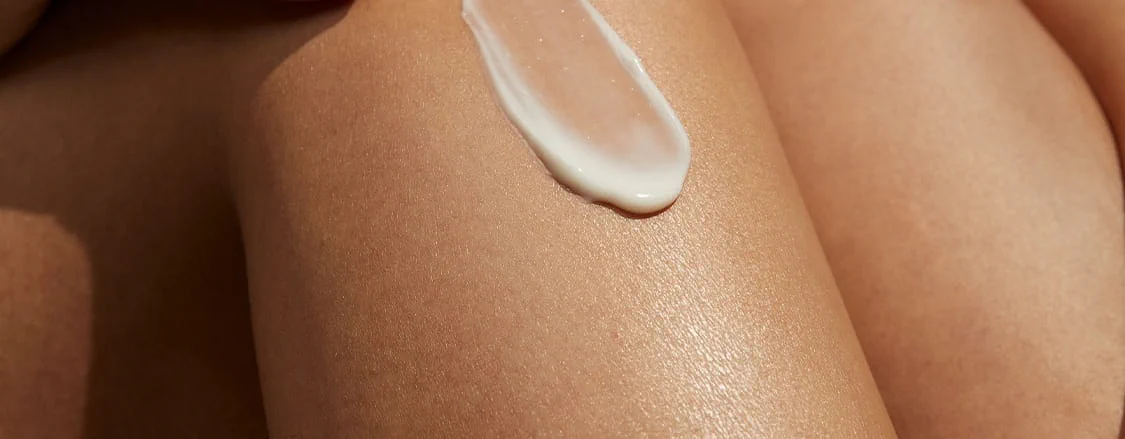
Hand And Nail Care Tips
Care for your hands and nails with tips from NIVEA
WHY IS NAIL CARE IMPORTANT?
Like any other regularly visible part of the body, fingernails are susceptible to damage and cosmetic change. Since fingernails are almost always on show, changes in their appearance are often fairly noticeable. However, you may be wondering where to start with nail care, and, in particular, cuticle care. Read on to learn about our guidance on nail care, including cuticle care, the importance of hand and nail cream, and how you can construct a nail care routine for healthy looking nails.
What is each part of the nail?
A fingernail comprises of six main parts: the root, nail bed, nail plate, cuticle, paronychium, and hyponychium.
Common symptoms of unhealthy nails
If your fingernails don’t fit the description above, there may be an issue affecting one or more parts of the nail. Common symptoms include:
How to take care of your nails
Aside from regular washing and trimming, an effective nail care routine is more of an ongoing process rather than a daily routine. Below are some of the most crucial steps to keep your nails looking strong and healthy on a regular basis.
Cuticle care tips and advice
The cuticle might seem like an obstacle when applying a fresh coat of nail varnish. A common part of the nail painting process involves pushing the cuticle back to reveal the nail underneath and partially extend the nail’s length. However, pushing or cutting the cuticle can cause inflammation and potentially open the door to infection, which may affect nail growth.
Nail care against brittle nails
If, after following the guidance above, you notice that your nails are looking and feeling brittle, it might be time to add a few extra steps to your nail care routine.
Hand and nail care with Nivea
NIVEA offers a wide range of hand care products to aid in your nail care routine. From 3in1 hand and nail creams containing Provitamin B5, to fast-absorbing hand and nail cream enriched with beeswax and honey, NIVEA is here to help with your nail care. If you’re unsure as to which hand cream is the one for you, we also have advice on choosing the right hand cream.
